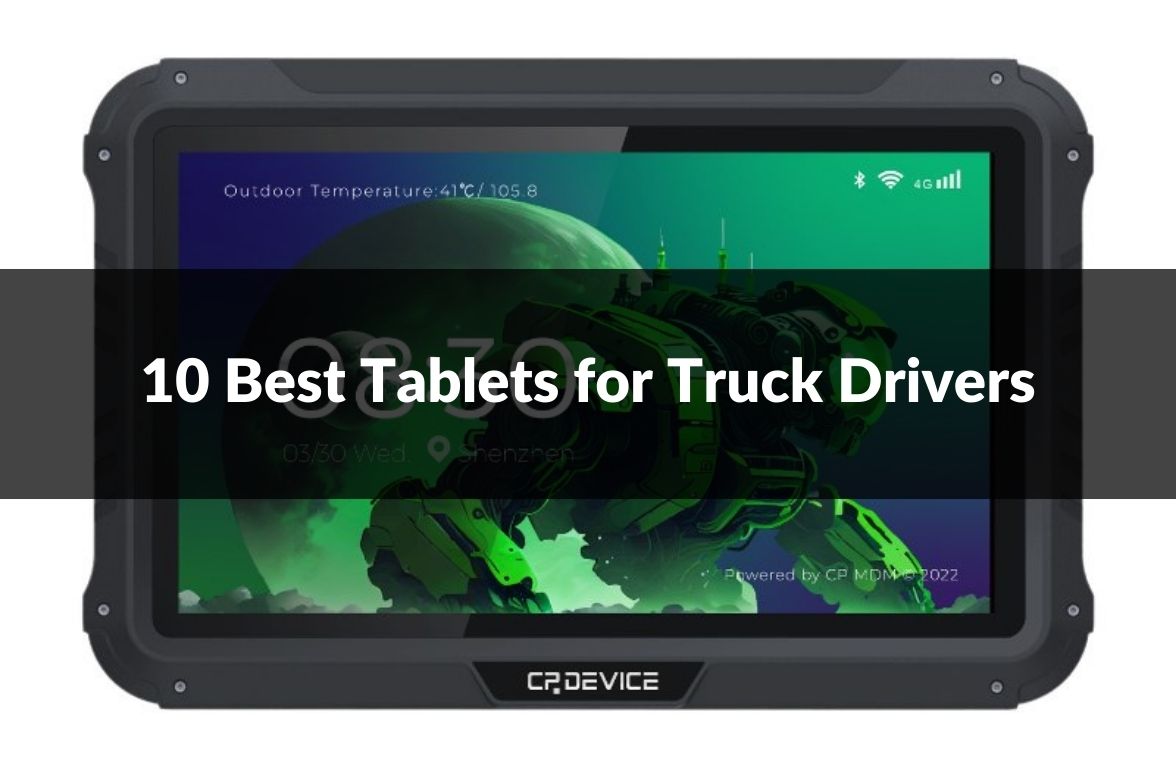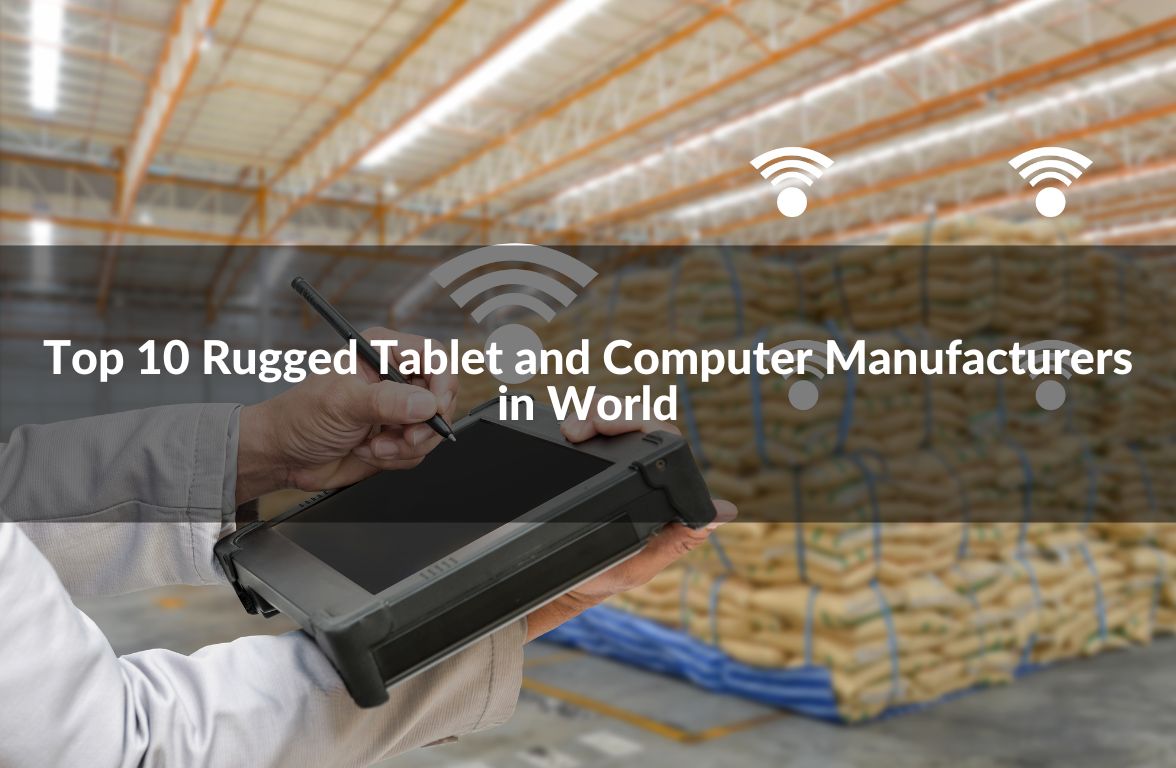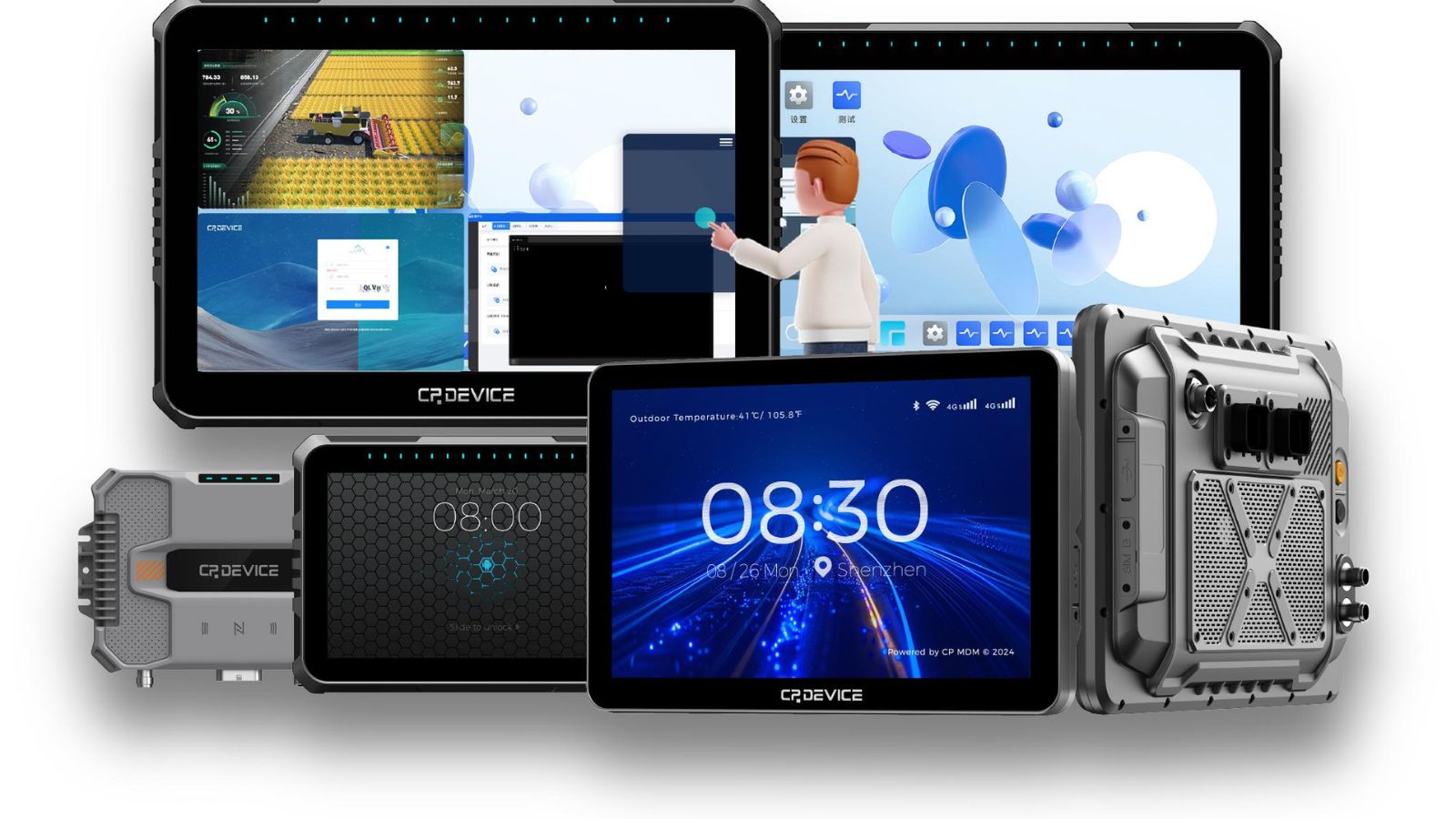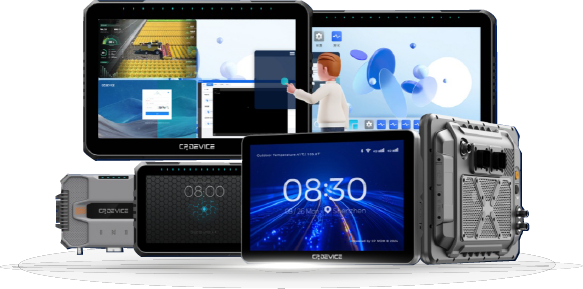_1747907084_WNo_1600d900.webp)
Embedded systems, defined as specialized computing systems with dedicated functions within larger mechanical or electronic systems, are integral to modern technological advancements. Comprising a processor, memory, and input/output units, these systems are designed to perform specific tasks efficiently, often with constraints on size, power, and cost. Embedded systems are ubiquitous across industries such as automotive, aerospace, telecommunications, consumer electronics, and more. Among the most transformative applications are by-wire technologies, such as drive-by-wire and brake-by-wire, which replace traditional mechanical linkages with electronic controls, enhancing precision, safety, and efficiency. This article explores the applications of embedded systems, with a special emphasis on by-wire technologies, their impact on various sectors, and their role in driving innovation.
An embedded system is a compact computer system designed to perform specific tasks within a larger system. Unlike general-purpose computers, embedded systems are purpose-built, often operating in real-time with constraints on size, power, and cost. They consist of hardware components (e.g., microcontrollers, memory, communication interfaces) and software (e.g., compilers, debuggers) that work together to deliver precise functionality. Embedded systems are categorized based on performance (small-scale, medium-scale, sophisticated), functionality (real-time, standalone, networked, mobile), and application requirements.
By-wire technologies represent a significant evolution in embedded system applications, particularly in the automotive and aerospace sectors. These systems replace mechanical and hydraulic control mechanisms with electronic systems, relying on embedded processors, sensors, and actuators to execute commands. Key examples include:
Drive-by-Wire: In drive-by-wire systems, traditional mechanical linkages between the steering wheel, throttle, or pedals and the vehicle's mechanical components are replaced by electronic controls. Embedded systems process driver inputs, such as steering angle or throttle position, and translate them into precise commands for actuators controlling the vehicle’s movement. This technology enhances vehicle responsiveness, reduces weight, and enables advanced features like autonomous driving and adaptive cruise control.
Brake-by-Wire: Brake-by-wire systems eliminate hydraulic brake lines, using embedded systems to interpret brake pedal inputs and activate braking mechanisms electronically. These systems improve braking precision, reduce maintenance, and integrate seamlessly with safety features like anti-lock braking systems (ABS) and electronic stability control (ESC). For example, embedded sensors monitor wheel speed and vehicle dynamics, enabling real-time adjustments to prevent skidding or loss of control.
By-wire technologies rely heavily on embedded systems for real-time processing, fault tolerance, and integration with other vehicle systems, making them critical to modern automotive and aerospace advancements.
Embedded systems are transforming industries by enabling smarter, more efficient, and safer technologies. Below are key applications, with a focus on how by-wire and related technologies enhance functionality:
Embedded systems are at the core of modern automotive innovations, particularly in electric vehicles (EVs) and hybrid vehicles, where they optimize efficiency and reduce emissions. By-wire technologies are pivotal in this sector:
Drive-by-Wire: Embedded systems in drive-by-wire setups enable precise throttle and steering control, improving fuel efficiency and driver experience. For instance, Tesla’s electric vehicles use drive-by-wire systems to integrate with autonomous driving features, leveraging embedded processors to process sensor data in real time.
Brake-by-Wire: These systems enhance safety by integrating with ABS and ESC, using embedded sensors to monitor road conditions and adjust braking force dynamically. This is critical in EVs, where regenerative braking systems rely on embedded controls to recover energy efficiently.
Other Safety Systems: Embedded systems power advanced driver-assistance systems (ADAS), such as pedestrian recognition, lane-keeping assist, and adaptive speed control. These systems rely on real-time data processing from cameras, radar, and ultrasonic sensors, all managed by embedded microcontrollers.
The automotive sector benefits from embedded systems’ ability to reduce mechanical complexity, lower vehicle weight, and enable connectivity for smart features, aligning with the growing demand for sustainable and autonomous transportation.
Aerospace applications demand robust embedded systems to manage complex interactions between hardware, electronics, and software. Fly-by-wire technology, a counterpart to drive-by-wire, is a prime example:
Fly-by-Wire: In modern aircraft, fly-by-wire systems replace manual flight controls with electronic interfaces. Embedded systems process pilot inputs and environmental data (e.g., airspeed, altitude) to control flight surfaces like ailerons and rudders. For instance, Airbus A320 and Boeing 787 aircraft use fly-by-wire systems powered by embedded controllers to enhance flight precision and safety.
Challenges: Aerospace embedded engineers face challenges like ensuring real-time performance, meeting stringent safety standards (e.g., DO-178C for software certification), and integrating complex systems within budgetary constraints. Fly-by-wire systems must be fault-tolerant, with redundant embedded processors to prevent failures.
Embedded systems in aerospace also support navigation (e.g., GPS), communication, and in-flight entertainment, ensuring reliability in mission-critical environments.
The telecommunications industry leverages embedded systems to enable high-speed networking and connectivity. Embedded processors in routers, switches, and mobile devices ensure seamless data routing and communication. For example:
Network Infrastructure: Embedded systems in Ethernet switches and network bridges manage data traffic, providing the bandwidth needed for 5G and IoT applications.
Mobile Devices: Smartphones rely on embedded systems for processing, power management, and connectivity (e.g., Wi-Fi, Bluetooth). These systems optimize performance while minimizing power consumption, critical for battery-powered devices.
By-wire principles are indirectly applied in telecommunications through precise control of data flow, similar to how drive-by-wire manages vehicle dynamics, ensuring efficient and reliable communication networks.
Embedded systems are integral to consumer electronics, enhancing functionality and user experience in devices like smartphones, smart TVs, and home appliances. For example:
Smart Home Devices: Embedded systems in networked thermostats, smart lights, and security systems enable automation and remote control via IoT. These systems process sensor data and communicate with cloud platforms, similar to by-wire systems’ real-time control mechanisms.
Wearables: Fitness trackers use embedded systems to monitor health metrics (e.g., heart rate, steps) and transmit data to mobile apps, relying on low-power microcontrollers for efficiency.
Railroad signaling and safety systems heavily rely on embedded systems to manage train movements and prevent collisions. For example:
Positive Train Control (PTC): Embedded systems in PTC systems monitor train speed, location, and track conditions, using real-time data to prevent derailments and collisions. This is akin to brake-by-wire systems, where embedded controls ensure rapid response to changing conditions.
Signaling Systems: Embedded processors control signals and switches, streamlining rail traffic and enhancing safety.
The electronic payment sector uses embedded systems to ensure secure, high-performance transactions. Smart cards, such as contactless payment cards and digital IDs, rely on embedded microcontrollers for encryption and data processing. For example:
Mobile Payments: Embedded systems in mobile devices enable secure transactions via near-field communication (NFC), integrating with payment networks in real time.
Smart Cards: Embedded chips in citizen cards, driver’s licenses, and patient cards store and process data securely, supporting applications in identity verification and healthcare.
Developing embedded systems, especially for by-wire applications, presents several challenges:
Real-Time Performance: By-wire systems require hard real-time processing to ensure immediate response to inputs, critical for safety in automotive and aerospace applications.
Cost and Complexity: Balancing performance with budgetary constraints is a challenge, particularly for small-scale manufacturers adopting advanced technologies like by-wire.
Safety and Reliability: Embedded systems in by-wire applications must be fault-tolerant, with redundant systems to prevent failures. For example, brake-by-wire systems include backup mechanisms to ensure braking functionality during power loss.
Regulatory Compliance: Industries like aerospace and automotive have stringent standards (e.g., ISO 26262 for automotive functional safety), requiring extensive testing and certification.
The future of embedded systems, particularly in by-wire technologies, is promising. As industries move toward automation and connectivity, embedded systems will play a central role in:
Autonomous Vehicles: Drive-by-wire and brake-by-wire systems will be critical for self-driving cars, enabling precise control and integration with AI and machine learning.
Smart Cities: Embedded systems in IoT devices will support smart infrastructure, from traffic management to energy-efficient buildings.
Sustainability: Low-power embedded systems will enhance energy efficiency in EVs and renewable energy systems, reducing environmental impact.
Edge Computing: Embedded systems will drive edge computing, processing data locally in IoT devices to reduce latency and improve performance.
Embedded systems are revolutionizing industries by enabling precise, efficient, and intelligent solutions. By-wire technologies, such as drive-by-wire and brake-by-wire, exemplify the power of embedded systems in enhancing safety, reducing mechanical complexity, and supporting automation. From automotive and aerospace to telecommunications and consumer electronics, embedded systems are driving innovation, addressing challenges like cost and regulatory compliance while paving the way for a connected, sustainable future. As technology advances, the role of embedded systems will only grow, shaping smarter and more efficient systems across the globe.
















*We respect your confidentiality and all information are protected.

Whether you are looking for a rugged device that can handle extreme cold or heat, a compact device that can fit in tight spaces, or a versatile device that can support multiple applications and accessories, you will find the right solution among these top 10 vehicle mounted computer manufacturers.

In this post, we’ll examine the technology itself and see how it is being deployed far beyond traditional passenger cars into the most demanding professional environments.

These numerous practical communication modes provide comprehensive, multi-dimensional pathways for various operational needs, destined to become a crucial part of ultimately achieving intelligent transformation for traditional operations.
